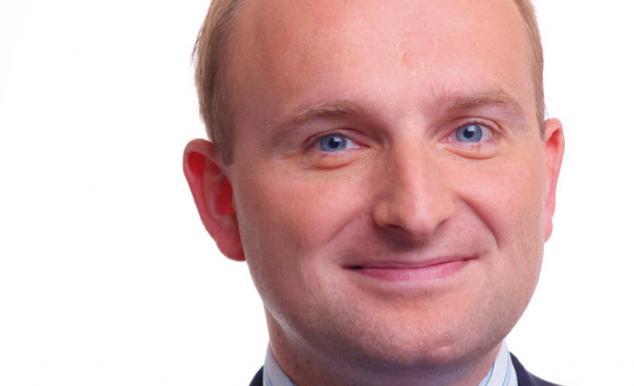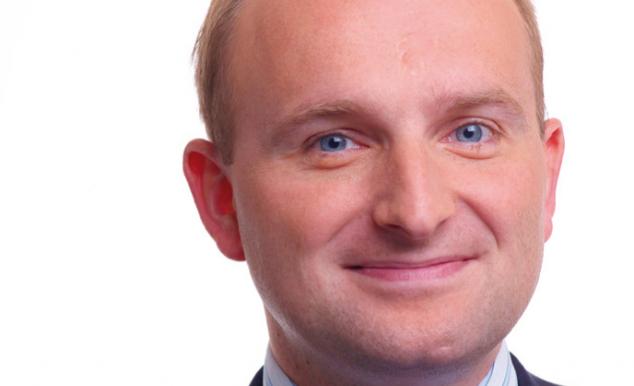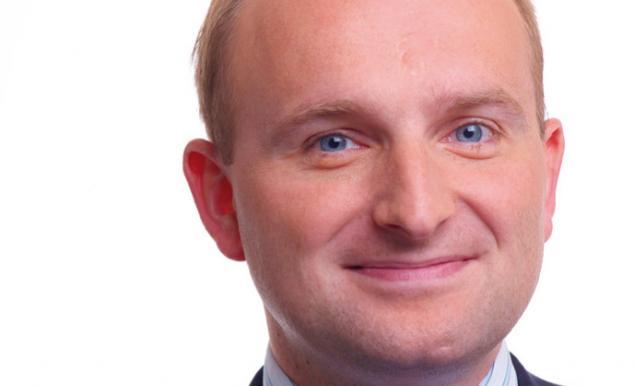The biggest trend in recent years has been the shift towards mobile, where the technology curve for smartphones has been upwards sloping for some years. But now this growth is set to slow, says Jack Neele, manager of the Robeco Global Consumer Trends Equities Strategy.
Instead, the clever money will be made in the service providers for smartphones, along with the major players in e-commerce software and services, particularly in advertising, he says. “In the first phase, the makers of phones were in the ascendancy, and this favored the big companies like Apple and Samsung,” says Neele. “Now, almost everyone has a smartphone, so what we’re seeing now is greater use of the apps and functions available on them, and this greatly benefits the companies that offer services on the platforms that the giants of Apple and Samsung have created.”
Advertising fuels the trend
He says the development of advertising technology on smartphone services is a good example. And perhaps not surprisingly, this shift is in itself being powered by social media. “Growth for Apple, Google and the big guys will slow down, and growth will be seen instead in the companies that can monetize their presence on online platforms,” says Neele.
This includes titans like Facebook, whose global reach is approaching that of US companies such as Coca-Cola which took generations to achieve the same level. The chart below shows Facebook’s penetration in the world: it is now used everywhere except in rainforests, deserts… and China (where it is banned).
Source: Facebook
Advertising set to boom
“We’re already seeing this with the way that ads are being sold,” says Neele. Ads were too small to be properly read on phones, but now they’re being put into feeds on platforms like Facebook and LinkedIn. These companies have found a new way to monetize their services, and that’s where we’ll see the real growth.
“Google has always been able to know what you search for, and they sell ads on that basis. But the technology is far more advanced now in targeting advertising to an individual’s real taste, rather than just what they search for.” That can be best seen with Twitter and TripAdvisor, as they go one step further in telling advertisers what you really like, he says. Most individuals include all their friends or business contacts on Facebook or LinkedIn. As these relationships are diverse, advertisers can target the core profile, but it is more difficult to know what the user’s real beliefs are.
“Twitter knows what you’re interested in from who you follow and what you tweet. Everything you follow on Twitter can be used to target you with promotions,” he says.“TripAdvisor is another good example of the trend towards precise targeting. Advertisers who use TripAdvisor can tell where you have been, what you like, and what you didn’t like, so it is easy to target you with ads or offers.”
Smartphone ads still lag print
The market for advertising on smartphone services has plenty of growth potential, as it is still relatively underdeveloped. And surprisingly, it still massively lags print. The chart below shows the relationship between the time that US citizens spent using one type of media, and the proportion of advertising spending directed at that medium.
As one would expect, the traditional print market has declined, though it still attracts 23% of all advertising spending. The TV and internet markets are fairly evenly matched between time spent and advertising. But there is a large disparity in mobile, where US consumers now spend 12% of their time, but with only 3% of advertising directed at the medium. If the gap was closed, it would generate USD 20 billion in business, according to the research.
Source: Cisco Visual Networking Index, Morgan Stanley Research
Mobile video also underdeveloped
The increasing use of mobile video is another trend that has massive potential, says Neele. This does not just apply to advertise by companies on bespoke video channels such as YouTube, which has been owned by Google since 2006.
The development of 3G and now 4G services allowing ultra-fast data transfer means any company can now fairly cheaply offer streaming services promoting their products on websites that can be tailored to appear on smartphones. Research suggests that mobile video may generate up to 66% of all mobile data traffic by 2017, as the chart below shows.
Shopping 24/7
The easy use of smartphones has itself changed the nature of e-commerce, says Neele.
“About 10 years ago, most people worked during the week and shopped only at weekends. Internet shopping made it possible to shop after work on weekday evenings. Now mobile phone technology makes it possible to shop at any time. Consumer trends have shifted to being able to shop on your phone whenever you like,” he says.
Neele reflects his belief in the greater monetization of internet-based technology by his investment choices for the Global Consumer Trends Equities strategy. He holds large positions in Google, Facebook, TripAdvisor and Amazon. And as online shopping has greatly boosted the use of credit cards for online payment, Neele also holds MasterCard and Visa.






 For Fórmate a Fondo
For Fórmate a Fondo
 For Alicia Jimenez
For Alicia Jimenez
 For Elena Santiso
For Elena Santiso